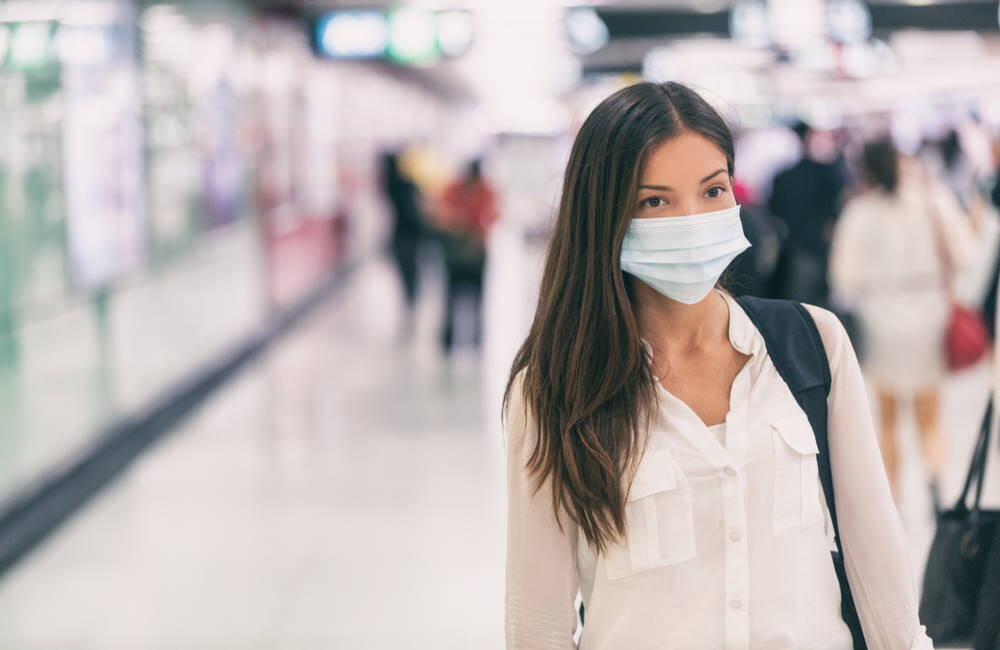Given time, people will return to flying commercial, although travelers should expect to follow new rules that will keep them safe while flying. As experts learn more about COVID 19, they continue to develop ways to travel after coronavirus, including following CDC guidelines and maintaining smart practices while in the airport and on the plane.
Medical air travel is essential but can cause families to second guess their need to schedule non-emergency medical transportation during national emergencies. If you or a loved one have preexisting conditions and family doesn’t live close, it’s a good idea to discuss medical air travel with Flying Angels. Understanding your air ambulance alternatives can save you time and money during an already hectic time.
Let's Discuss Your Medical Transportation Options
It’s likely that travel after coronavirus will change, but those changes are for the good. Expect official agencies to release guidelines for flying commercial as more people resume air travel in the coming months.
Before Your Flight and At the Airport
Until official guidance comes from government agencies, you can expect some of the following recommendations to help you avoid the spread of infectious viruses, including coronavirus and the flu.
Bring hand sanitizer. Have a bottle of hand sanitizer and use it after you touch anything during the duration of your trip. That includes before you get to the airport, such as touching surfaces in an Uber ride.
Check in for flight online. Use your smartphone to check into your flight. This way, you do not have to touch the screen at the airport that prints out your boarding pass. If you do use the machine, use hand sanitizer immediately afterward.
Eat before you go. There are likely to be restrictions, at least for a while, on how many people can eat in restaurants (at airports or anywhere else). Best to eat before you leave and have one less thing to worry about.
Wash your hands. It’s not a bad idea to stop often and wash your hands. As experts have frequently noted, if it feels like “overkill,” you are probably doing about the right amount of prevention.
Keep your distance. As you move through the airport, try to maintain plenty of distance and not crowd other passengers.
During the Flight
For those flying commercial on domestic flights, the Centers for Disease Control and Prevention (CDC) offers helpful guidelines to follow that apply to being in any public place. Many of them are common sense tips that people around the world have followed to slow spread of the disease. They include:
- Clean your hands with warm water and soap, or hand sanitizer that has at least 60% alcohol. This is especially important after you have been in a public place such as a plane. Always avoid touching your eyes, nose and mouth with unwashed hands.
- Cover your mouth and nose with a cloth face cover when around others. This may not always be necessary, but expect to wear a mask for flights (and other public places) at least in the near-term. It protects yourself and others from spreading the coronavirus.
- Wipe down your seat arms and any other areas you expect to touch during the flight as soon as you sit down.
- Cover any coughs and sneezes – do them into your elbow if you can. Use hand sanitizer immediately afterward.
Keep in mind that airlines also will continue with safety measures they adopted earlier this year, including wiping down all surfaces touched by passengers with disinfectant after each flight. Also, they continue to perform routine deep cleanings. There is a possibility that they will institute health checks, as well, such as taking the temperature of travelers before they enter a plane.
If you are traveling internationally, make sure to check to see if there are any travel advisories from the federal government. Putting these tips into practice can make flying commercial safe – although expect official recommendations to come out for travel after coronavirus once government leaders again open the country and more people return to flying on a regular basis.

